Manual exoskeleton helps to shoot more accurately
The exoskeleton is an “external skeleton” that, due to the skeleton, increases human strength. He must repeat biomechanics, which will allow him to proportionally increase strength during movements. Such devices are used in medicine , agriculture and in military affairs. Developments often pass from one sphere to another, changing their purpose, as in the case of the “hand” for shooting.
Researchers from the US Army are testing a carbon fiber exoskeleton on one arm, originally designed for rehabilitation after a stroke. The new purpose of the device is assistance in shooting.

The first exoskeleton was developed by General Electric together with the US Army in the 1960s. The device did not have feedback and synchronization with the movement of a person, but it allowed to transform the efforts that a person applies when lifting 4.5 kilograms to 110 kilograms.

Modern exoskeleton samples for the army.
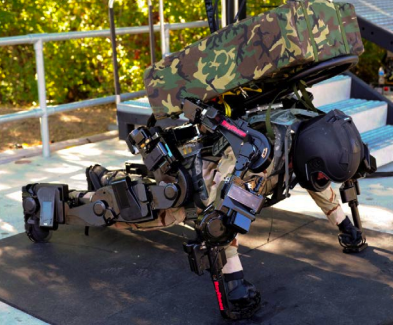

Exoskeletons are created for medical purposes. Using such an apparatus, a nurse can lift much more weight than without it. This is important in Japan, where the number of old people is growing due to centenarians.

The device for rehabilitation after spinal injuries - ReWalk.
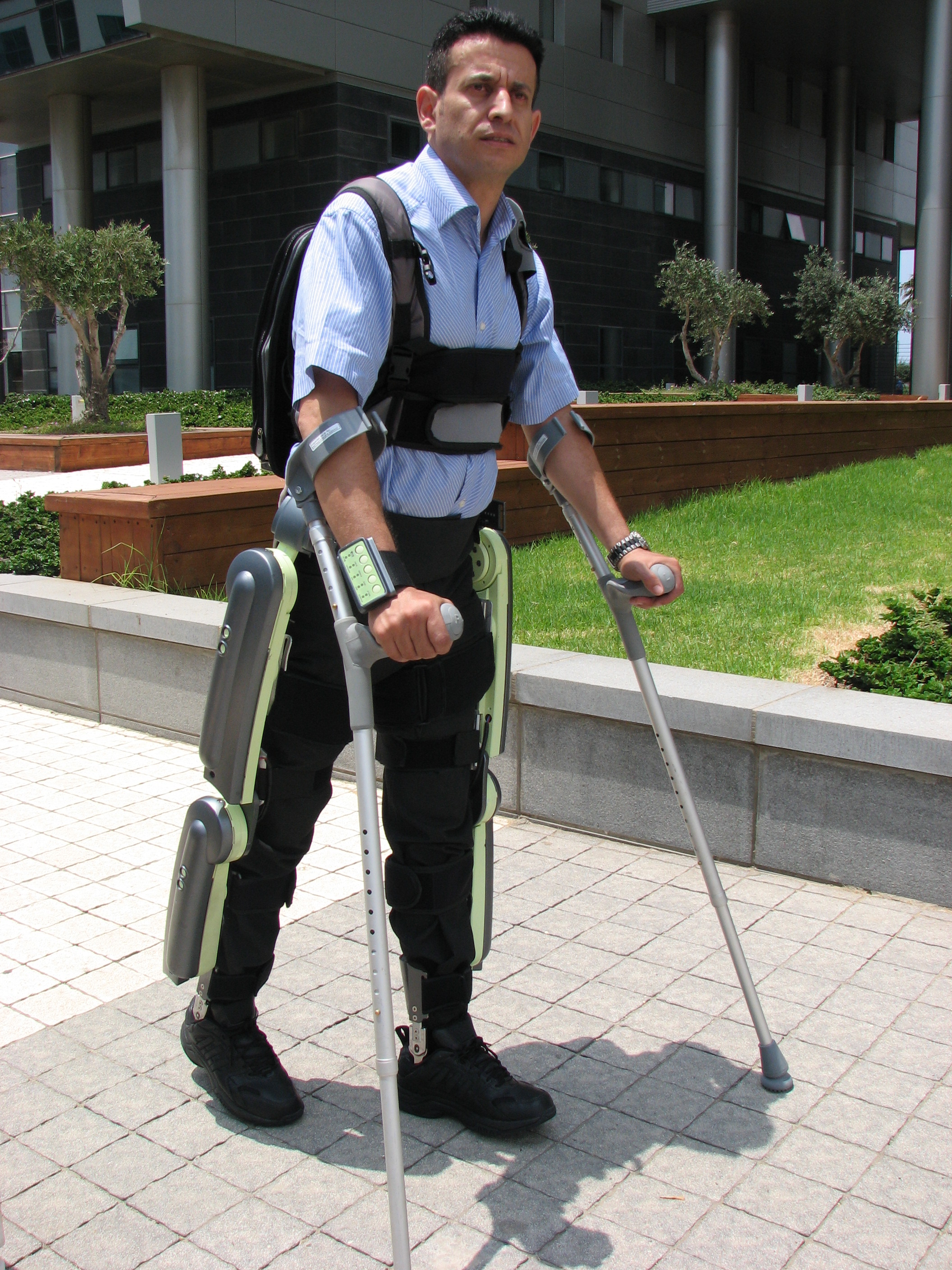
Exoskeletons for rehabilitation after injuries and accidents may not work with the whole body, but with its individual parts - as in the case of ReWalk, which supports the spine and enhances leg movements, allowing the person to walk. The exoskeleton on the arm is intended for stroke victims: it stabilizes the arm, allowing the person to make more clear and confident movements.
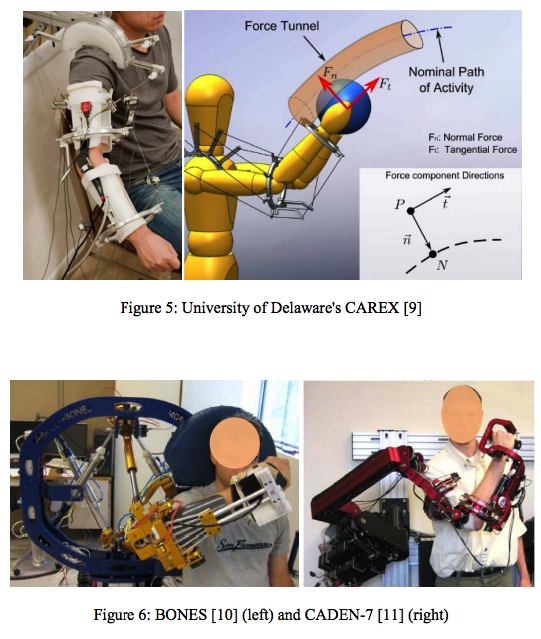
The developer of the Mobile Arm eXoskeleton for Firearm Aim Stabilization (MAXFAS) project notes that the operation of the device is similar to image stabilization. Only instead of a camera is a man’s hand. MAXFAS compensates for even the smallest tremor that a person is not able to notice, the developer adds.
This is still the first time that an exoskeleton is used to increase the accuracy of firearms. Previously, such devices in the military were needed to increase the strength and endurance of a soldier.
Testing the system showed that MAXFAS can teach shooting: accuracy indicators improve and remain high after a person stops wearing the device.
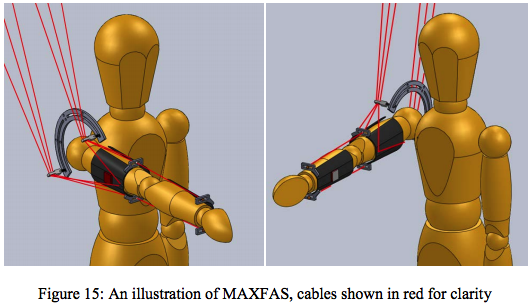
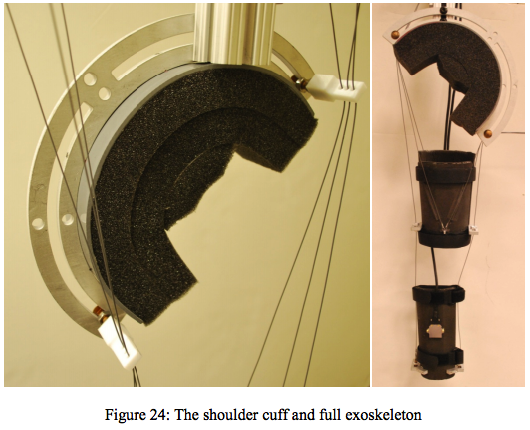
Researchers from the US Army are testing a carbon fiber exoskeleton on one arm, originally designed for rehabilitation after a stroke. The new purpose of the device is assistance in shooting.

A bit of history
The first exoskeleton was developed by General Electric together with the US Army in the 1960s. The device did not have feedback and synchronization with the movement of a person, but it allowed to transform the efforts that a person applies when lifting 4.5 kilograms to 110 kilograms.

Modern exoskeleton samples for the army.


Exoskeletons are created for medical purposes. Using such an apparatus, a nurse can lift much more weight than without it. This is important in Japan, where the number of old people is growing due to centenarians.

The device for rehabilitation after spinal injuries - ReWalk.

Hand exoskeleton
Exoskeletons for rehabilitation after injuries and accidents may not work with the whole body, but with its individual parts - as in the case of ReWalk, which supports the spine and enhances leg movements, allowing the person to walk. The exoskeleton on the arm is intended for stroke victims: it stabilizes the arm, allowing the person to make more clear and confident movements.

The developer of the Mobile Arm eXoskeleton for Firearm Aim Stabilization (MAXFAS) project notes that the operation of the device is similar to image stabilization. Only instead of a camera is a man’s hand. MAXFAS compensates for even the smallest tremor that a person is not able to notice, the developer adds.
This is still the first time that an exoskeleton is used to increase the accuracy of firearms. Previously, such devices in the military were needed to increase the strength and endurance of a soldier.
Testing the system showed that MAXFAS can teach shooting: accuracy indicators improve and remain high after a person stops wearing the device.


